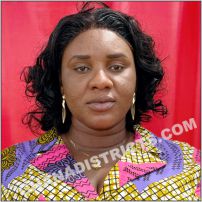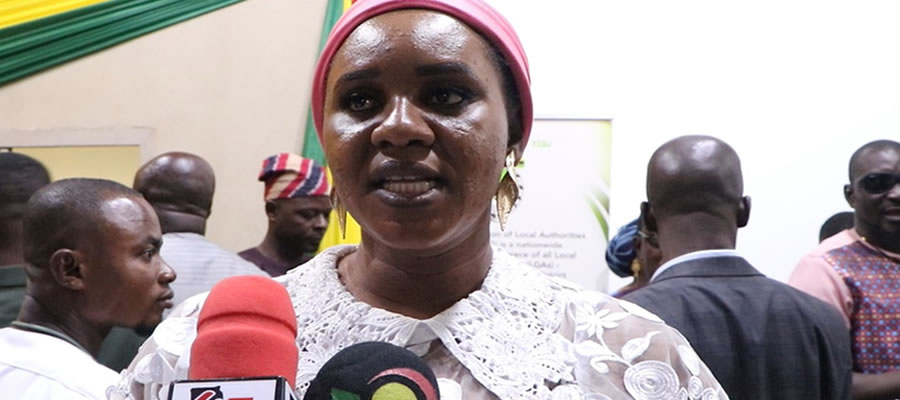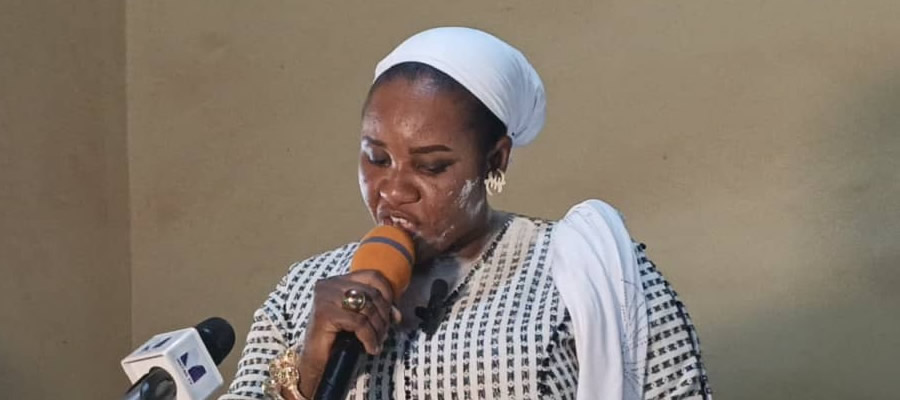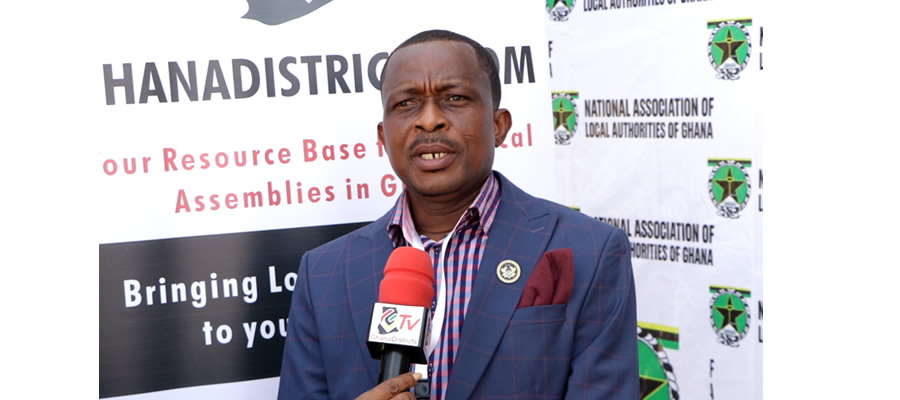

Road network and condition
The major problem of the Municipality is poor road infrastructure. As indicated in the table below, most of the major feeder roads (145.20km length of road network) in the Municipal can be classified as bad. Generally, most of the feeder roads are often not motorable during the rainy season due to torrential rains and lack of periodic maintenance. The affected communities are usually cut off from the rest of the communities in the Municipality during the peak rainy season.
The potential effects of the situation are enormous. For instance, the affected settlements are unable to access certain facilities such as health, market and education. At the same time it is often difficult to reach them with development programmes and interventions.
It also slows down the growth rate of agriculture productivity and its adverse effects on the socio-economic progress of the Municipality. The situation compels farm produce to be conveyed by head-portage from farms to the village and or market centres for sale. To which women and children are the usual victims. This often results in about 80% loss of produce. There is high incidence of drudgery in transporting agricultural produce in the Municipality.
Main source of lighting
Information from the 2010 PHC data base shows that the main sources of lighting for dwelling unit in the district is electricity (58.4%). Out of the urban dwellers enjoy about 83.8%, while the rural households constitute about 47.6%. This means that the remaining 41.6% of the Municipal’s population is without electricity, which has negative socio-economic consequences on the people.
Postal and Telecommunication service
The Municipal has four telecommunication service providers at the moment. These include; MTN, Vodafone, Airtel and TIGO. Signals are all activated for reception but there are still pockets of communities which do not received these signals.
On the other hand, the Municipal has only two post offices at Drobo and Japekrom. Accessibility to postal services in general is very poor. However, modern technology is making them more or less white elephants; with the advent of mobile phones and internet facilities, postal service has witness less patronage in the Municipality.
Information and Communication Technology (ICT)
ICT facility coverage in the District is poor. There is only one internet cafe in the District. Only a few individuals owned personal modems or smart phones through which they access internet.
However, information gathered from 2010 PHC indicates that about 41.3% of persons aged 12 years and older own mobile phones. With this, males constitute 51.1percent and females account for 48.9 percent. Also, 2.4 percent use internet facility through phones. Furthermore, 1,605 and 481 representing 4.5 percent and 1.3 percent of total households population (35,759) using desktop/laptop computers and fixed telephone lines respectively in the Municipality..
Date Created : 6/9/2023 12:00:00 AM












 facebook
facebook
 twitter
twitter
 Youtube
Youtube
 +233 593 831 280
+233 593 831 280 0800 430 430
0800 430 430 GPS: GE-231-4383
GPS: GE-231-4383 info@ghanadistricts.com
info@ghanadistricts.com Box GP1044, Accra, Ghana
Box GP1044, Accra, Ghana